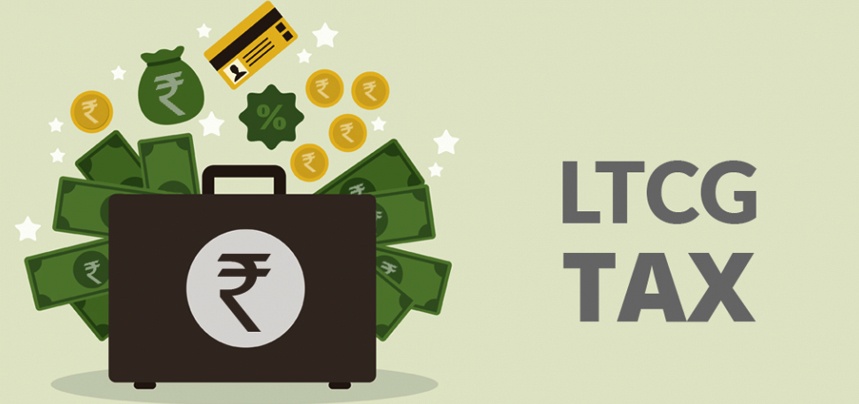
Last year’s 2018 Budget imposed a Long-Term Capital Gains Tax (LTCG) on the sale of both equity shares and mutual funds. So from the fiscal year 2018-19 onwards, the gains made on the sale of shares in excess of Rs. 1 lakh will be taxed at 10% rate. If you are an investor, chances are this is quite difficult for you. However, there are still certain ways you can reduce the impact of LTCG tax on your investment options.
Here are three ways that you can bring down the LTCG tax effect on your investment instruments:
-
Investing in ULIPs
ULIP plans or Unit-Linked Insurance Plans are an integrated investment and insurance instruments, and give you the choice of investing in both debt and equity funds after assessing risks. It is also a tax-free option under the Section 10D of the Income Tax Act. And especially after the announcement of LTCG tax on equity investments, ULIPs have become an even better option since the income from ULIPs is not taxable. From LTCG tax-saving angle, even equities-linked savings schemes are not as good an option (even though they yield good returns) because the returns are impacted by the LTCG tax at the rate of 10%. Therefore, ULIPs is a better tax-saving instrument to invest in.
-
Investing in the name of Adult Child
A good tax-saving strategy is to invest in your adult child’s name. After a child turns 18, he/she is considered as a separate individual and no longer clubbed with the parents’ income. Therefore, this is a good method to distribute gains and avoid tax, since your adult child will not be put in the LTCG tax bracket for a few years and you can save a lot of money. Your child will qualify for tax-exemptions under capital gains tax, along with receiving additional deduction under Section 80C.
-
Reshuffle your Portfolio
Another strategy is to rotate your portfolio and regularly harvest the capital gains. If you have a good portfolio with good taxable gains, then you can follow this strategy to ensure that your gains do not cross the threshold of exemption. In this strategy, you can sell your stocks for long term capital gains and then buy those same shares back. This will reset the cost and date of acquisition of shares, and keeps your profit outside the tax net. Otherwise your total gain would cross the threshold and would be then taxable under the LTCG.
If you follow these strategies, you can easily reduce the LTCG tax implications on your investment plans.
